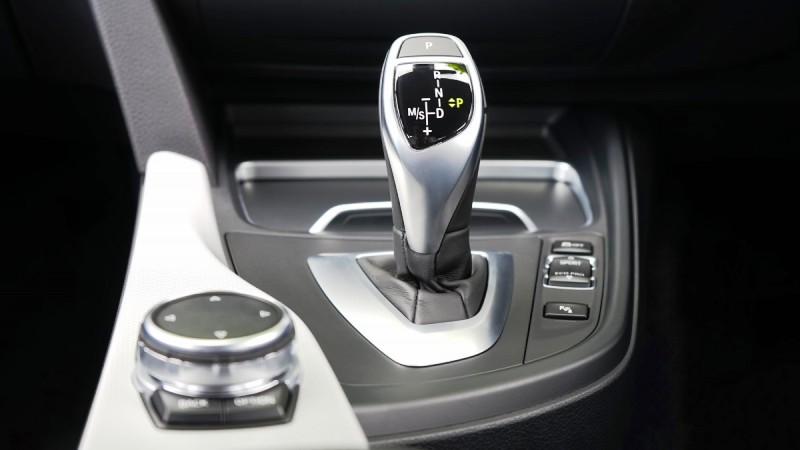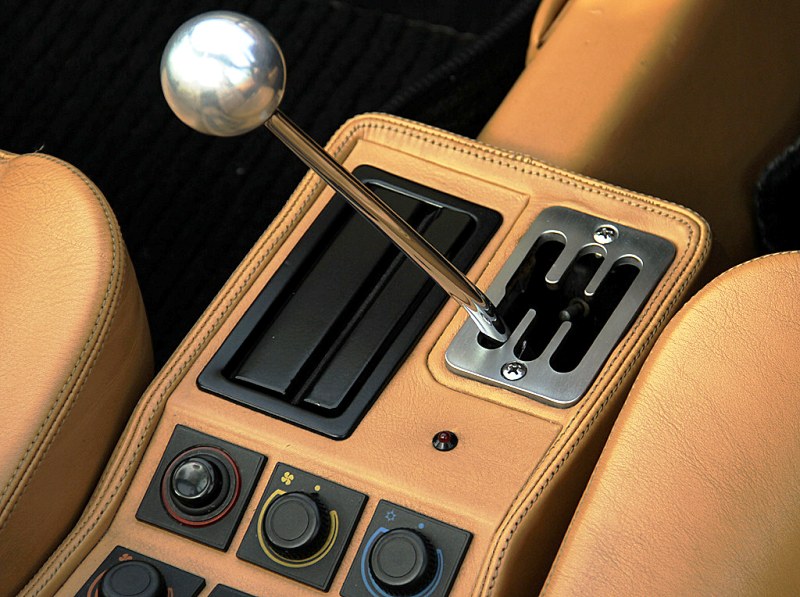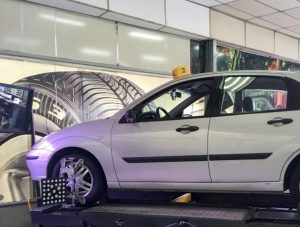Contents
– Gearbox linkage: a little technique
– Different gearbox linkage systems
Many vehicles are now equipped with robotised or automatic gearboxes. However, the manual gearbox has not said its last word. Unlike other technologies, the driver operates the gearshift through the gearbox linkage.
Gearbox linkage: a bit of technology
Whether with robotised gearboxes (the exact mechanisms are used inside the gearbox) or with manual gearboxes, gear selection is carried out in two phases using selection axes:
– selection of the gear axis: generally speaking, 1 axis controls 2 gears:
◦ 1° and 2° gear selection axis;
◦ 3° and 4° speed selection axis;
◦ 5° and reverse speed selection axis.
– selection of the desired gear: when the gear is selected, at the same time as the other axes are locked (to avoid shifting 2 gears simultaneously), the gear engagement process takes place (synchronisation).
While on robotised gearboxes, these two phases are operated by electric or electro-hydraulic actuators. Manual gearboxes are carried out by a mechanical system linked to the gear lever: gearbox linkage.
The different gearbox linkage systems

The control kinematics is very complex: the gear lever’s two longitudinal and transverse movements in the central position must be transmitted to one or more control levers placed laterally on modern transverse engines.
In addition, the linkage mechanisms must not be too exposed under the vehicle, which leads to different solutions in different cases.
The linkage control
This consists of metal levers, linkages and ball joints, with adjustment systems on older models to optimise lever position and gear shifting.
It is a very exposed system, and its maintenance is characterised by relatively frequent replacement of links and ball joints.
Good to know: generally speaking, the cost of this maintenance remains accessible: count on an average price of $40 for a connecting rod and a labour time equivalent to 1/2 hour (for exact rates, ask professionals for a quote).
The cable control
This is the current trend: the 2 control phases are carried out using 2 cables. The advantage is twofold:
– the cables can be more easily positioned under the vehicle and better protected;
– they avoid the complex referrals of the previous system.
This makes maintenance easier: no more premature wear of mechanical joints. In addition, these cables are fitted with an internal Teflon sheath that does not require greasing. It is sufficient to visually check the condition of the sheaths and the possible hardness of the gears.
Caution: never grease cables with Teflon sleeves!
A set of cables for a saloon car will sell for between $75 and $100 at a spare parts dealer.
The cables often have 1 or 2 gearbox-side selector rods, which often have to be replaced (on average $30 each).
Read more here:
– Everything You Need to Know About Clutch Cable;
– Everything You Need to Know About Clutch Pedal;
– How to Successfully Repair a Gearbox;
– A Guide to Understanding Automotive Mechanics;
– 3 Easy Steps to Change an Oil Filter;
– How Do Gearboxes Work? (Part 1);
– Why Change Transmission Oil;
– What Is a Wheel Balancer Used For;
– Gearbox Repairs in Cheltenham!
– A Step-by-Step Guide to Bleeding a Hydraulic Clutch;
– Engine Fouling: Should You Perform an Engine Descaling.
Hope this post and the links above can be helpful to you. This blog is incomplete without participation; please remember to share your experience in the comments below. Do not hesitate to request a car topic of your interest, and we’ll get you all the info you need to know.





5 thoughts on “Gearbox Linkage System | How It Works”